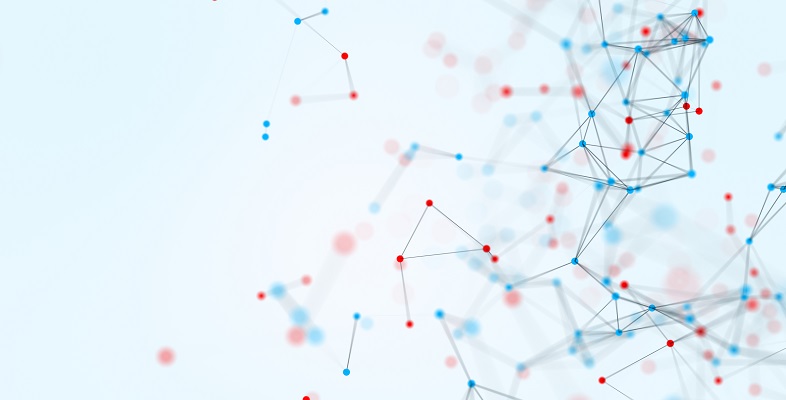4.1.2 Geographical data
Modern maps are now mostly assembled by computers using very large collections of geographical data, such as latitude, longitude, altitude, roads and towns. Collections of data like this (stored in databases) aim to eliminate the need to duplicate data. The data in databases is described in symbols that the computer can handle, i.e. numbers. Even the names of features are symbolised using numbers.
If someone was trying to tell you the way to a particular street in a town, using only the numbers that a computer uses for geographical data, it would be meaningless to you. Even if you knew the meaning of the individual symbols, there would be too many of them for you to make sense of.
Since maps are constructed from layers of data, it’s possible to leave out some layers in order to achieve a particular purpose, or to substitute other layers to achieve a different purpose. For example, features such as roads, buildings and boundaries can be left out in order to produce a map of interest to certain types of geographer; or population figures can be transformed into appropriate symbols to produce a map of interest to, say, an epidemiologist studying the spread of disease.
Map users like hikers, drivers, pilots and sailors need to have a much more understandable version of geographical data. They might use a map printed on a large sheet of paper, such as one of the Ordnance Survey maps of the UK. However, paper maps have their drawbacks. For example, they require a user to learn how to read them, they don’t show the user where he or she currently is, and they need to be unfolded and refolded.
This highlights a very important theme of this course: fitness-for-purpose. A physical geographer wants certain things from a map (e.g. topographical contour lines) and will probably want to see geographically important features such as soil types. A hydrologist will be more interested in a map that emphasises bodies of water and watersheds. Ramblers want to see footpaths and field boundaries. Drivers want to see roads, junctions and streets in towns.
